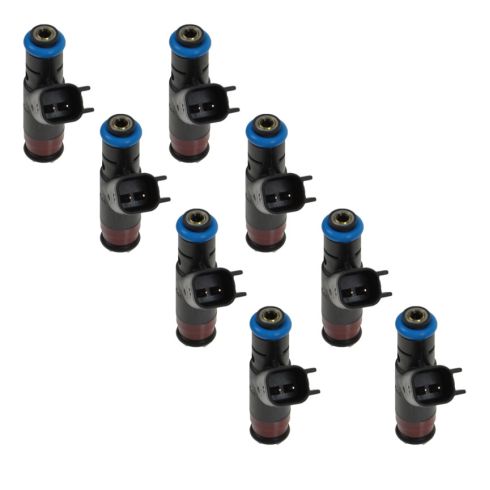1AEEK00228-Dodge Chrysler 8 Piece Fuel Injector Set Standard Ignition 1AEEK00228
Replaces
2008 Dodge Ram 3500 Truck V8 5.7L 8 Piece Fuel Injector Set Standard Ignition 1AEEK00228
Product Reviews
Loading reviews
5.00/ 5.0
2
2 reviews
February 27, 2017
purchased these injectors for my 2005 dodge ram 1500 5.7l since it sat for nearly 1-1/2 years. The old injectors were stuck open and some clogged.
These injectors were will packaged in new boxes individually wrapped in plastic. Simple install and for those unsure of the process there is even a video on the item page. Truck runs ilike new again. I would definitely recommend 1aauto to friends who do their own work on their cars. I even just purchased a new mad sensor and housing for my mustang gt from 1aauto hopefully I will continue to have good luck with their products.
October 9, 2021
Nicely packaged
Customer Q&A
What is the cc out put per hour of these injectors?
February 17, 2020
10
I am not aware of the maximum cc rate of output per hour, but the y meet or exceed the manufacturers requirements to run the engine at idle, and under all varying amounts to maintain excellent throttle response and still achieve fuel efficiency under otherwise normal functioning engine components.
Hope this helps
February 17, 2020
C H
10
Thank you for your inquiry. As long as your vehicle's information is in the "vehicle fit" list, these parts will be built to exact OE specifications, and will fit and function just like the original parts on the vehicle. Please let us know if you have any further questions.
February 17, 2020
A C
Dodge is a registered trademark of FCA US LLC. 1A Auto is not affiliated with or sponsored by Dodge or FCA US LLC.
See all trademarks.









